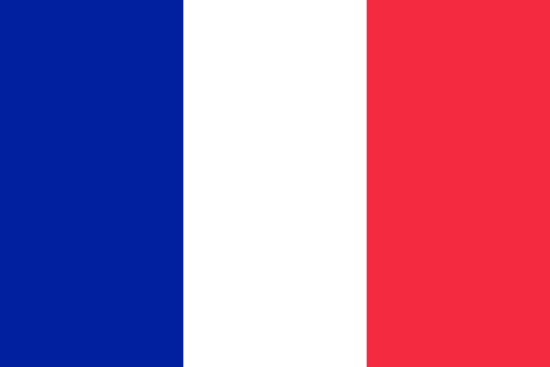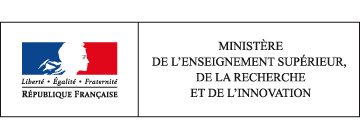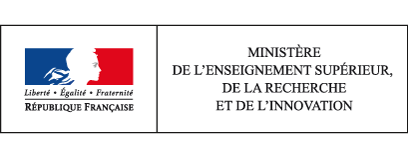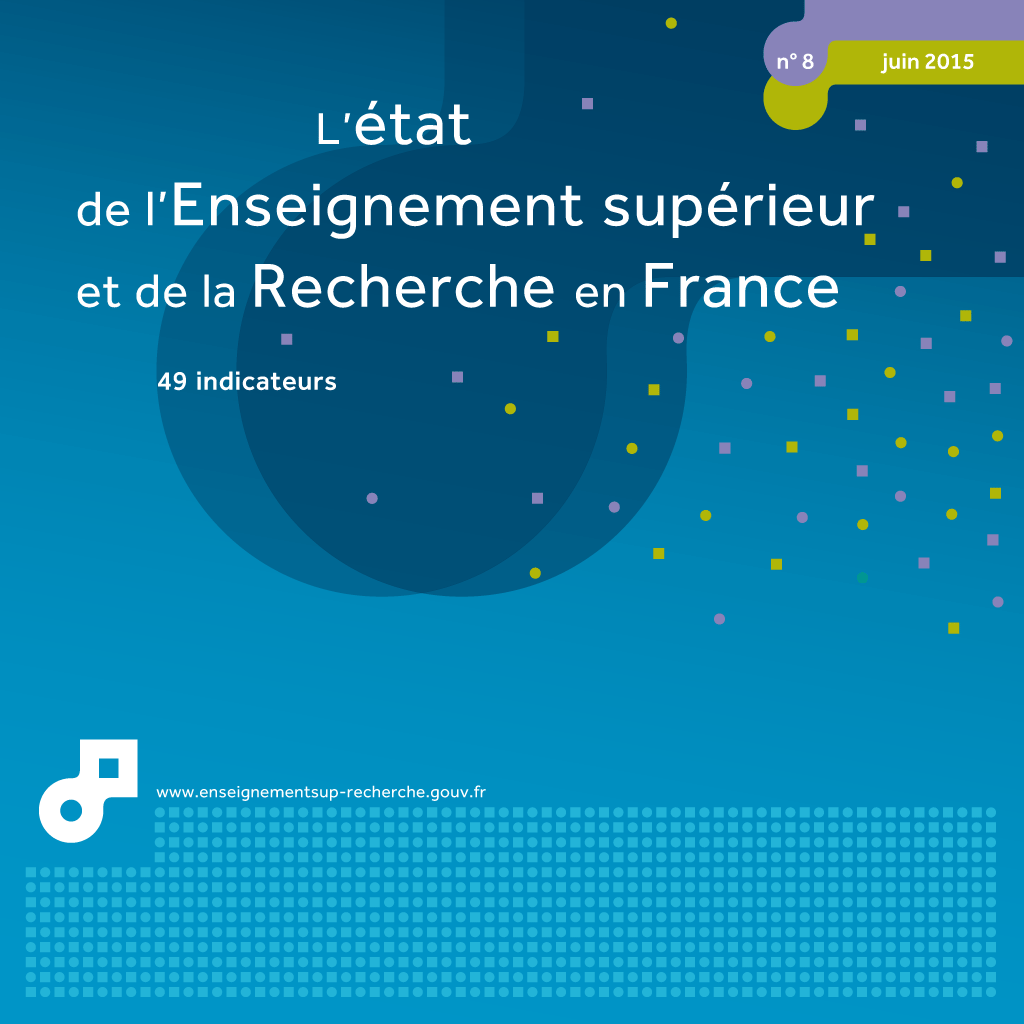11 students in higher education
This page has been updated. Read 12. students in higher education in Higher education & research in France, facts and figures 10th edition - June 2017
There was a marked increase (+1.8%) in the total number of students in higher education, with 2,430,100 enrolled at the start of the 2013-14 academic year – the highest number to date. This increase is explained by the fact that higher education today has much greater appeal, even though there are fewer young people of studying age. Young women make up the majority of students and graduates.
At the start of the 2013-14 academic year, 2,430,100 students were enrolled on higher education courses in metropolitan France and overseas departments. This represents an increase of 1.8% on the previous academic year, meaning that the number of students has never been so high (chart 11.01). Changes in the size of generations should have resulted in 6,900 fewer young people enrolling in 2013-14 (table 11.02). The increase (+43,100) in the number of students enrolled at the start of the 2013-14 academic year can therefore not be put down to demographics, but rather to a stronger 'appeal factor' (see 'Methodology' section opposite).
62% of students in higher education were enrolled at universities, including 5% at technological university institutes (Instituts universitaires de technologie – IUT). Courses at higher education institutions excluding IUTs gained 36,400 students between 2012 and 2013, an increase of 2.7%. Between 1990 and 2010, changes in the number of students on these courses were generally in line with those observed in higher education as a whole. However, the situation varied significantly between different subject areas. In the arts and human and social sciences, which together account for 3 of every 10 students at university, numbers fell by 5.5% between 2004 and 2013 (table 11.03). Having been in decline over the decade, student numbers returned to their 2004 levels in physical education and sports science and techniques (+1.1%). During the same period, the number of law students rose sharply (+ 18.9%). However, it was healthcare courses that saw the most sustained growth in student numbers between 2004 and 2013 (+30%).
In these subject areas, more than 6 students in 10 are enrolled on a Bachelor's degree programme. The proportion of those studying for a PhD is higher in the sciences and STAPS (7.5%).
More than 1 in 6 students (18.3%) are enrolled at private education institutions, which have shown strong growth since 2000.
55.3% of students are women, although the proportion of female students varies between courses. Women make up the large majority of those studying arts and human sciences (seven out of ten), as well as paramedical and social care courses (eight out of ten). However, they are in the minority when it comes to more selective courses, such as classes preparing students for admission to Grandes Écoles (Classes préparatoires aux grandes écoles – CPGE), IUTs and in particular on courses of a scientific nature. Women account for only slightly more than a quarter (27.1%) of students on engineering courses (chart 11.04).
In total, 118,600 advanced technician diplomas (Brevets de technicien supérieur – BTS) and 46,900 technology university diplomas delivered by IUTs (Diplômes universitaires de technologie – DUT) were awarded in 2012 (chart 11.05). The number of BTSs awarded was up by 3.2% on 2011 and has generally been increasing (+17% between 2002 and 2012). The number of DUTs awarded increased slightly between 2011 and 2012 (+ 1.2%), although this diploma has lost some of its appeal over the longer term (- 4% over 10 years).
The number of vocational Bachelor's degrees (Licences professionnelles – LP) awarded rose by 3% from 45,400 in 2011 to 46,800 in 2012, as did the number of general Bachelor's degrees (Licences) (+2%), which increased to 121,300. However, after showing very strong growth between 2010 and 2011 (+17.7%), the number of postgraduate university diplomas awarded has now begun to fall slightly: 122,000 Master's degrees were awarded in 2012 – 2,600 fewer than in 2011 (- 2.1%). In the longer term (2002-2012), the number of Master's degrees, specialised graduate diplomas (Diplômes d’études supérieures spécialisées – DESS) and diplomas of advanced studies (Diplômes d’études approfondies – DEA) awarded has risen sharply (+74%) as a result of reforms to the French higher education system (the réforme LMD).
31,300 engineering diplomas were awarded in 2012, as compared with 26,500 in 2002, an increase of 18.5% over ten years. Business and management schools awarded nearly the same number of diplomas as engineering schools (33,500, including 20,600 state-approved diplomas), showing a sharp increase over ten years (+ 56.5%).
MENESR-DEPP.
How to cite this paper :
close
Key figures
students
Metropolitan France + overseas departments
students
Metropolitan France + overseas departments
students
Metropolitan France + overseas departments
students
Metropolitan France + overseas departments
students
Metropolitan France + overseas departments
students
Metropolitan France + overseas departments
Metropolitan France + overseas departments
Metropolitan France + overseas departments
Metropolitan France + overseas departments
Metropolitan France + overseas departments
Metropolitan France + overseas departments
Metropolitan France + overseas departments
Metropolitan France + overseas departments
Metropolitan France + overseas departments
Metropolitan France + overseas departments
Metropolitan France + overseas departments
Metropolitan France + overseas departments
Metropolitan France + overseas departments
Metropolitan France + overseas departments
diplomas awarded
Metropolitan France
diplomas awarded
Metropolitan France
diplomas awarded
Metropolitan France
diplomas awarded
Metropolitan France
diplomas awarded
Metropolitan France
diplomas awarded
Metropolitan France
Metropolitan France + overseas departments
Metropolitan France + overseas departments
Metropolitan France + overseas departments
Metropolitan France + overseas departments
Metropolitan France + overseas departments
Metropolitan France + overseas departments
11.01 Changes in the number of students in higher education (in thousands, base=100 in 1990)
MENESR-DGESIP/DGRI-SIES
You can embed this chart to your website or your blog by copying the HTML code and pasting it into the source code of your website / blog:
close
11.02 Changes in the number of students in higher education (in thousands)
The total number of students in higher education increased by 43,100 at the start of the 2013-14 academic year. Without the effect of other factors, the changes in the size of generations (demographic factor) would have resulted in 6,900 fewer students enrolling.
1 Fields defined in RERS points 6.1 and 6.2.
You can embed this table to your website or your blog by copying the HTML code and pasting it into the source code of your website / blog:
close
11.03 Breakdown of students at French universities in 2013-14, by programme and subject area (in thousands)
1 Students enrolled on the first year of a Bachelor's degree programme for the first time.
You can embed this table to your website or your blog by copying the HTML code and pasting it into the source code of your website / blog:
close
11.04 Proportion of women enrolled on the main higher education courses (as a %)
1 including engineering courses dependent on universities, national polytechnical institutes (INP), universities of technology and engineering courses delivered in partnerships.
2 2012-13 instead of 2013-14.4.
MENESR-DGESIP/DGRI-SIES
You can embed this chart to your website or your blog by copying the HTML code and pasting it into the source code of your website / blog:
close
11.05 Changes in the number of diplomas awarded in the main higher education courses
You can embed this chart to your website or your blog by copying the HTML code and pasting it into the source code of your website / blog:
close
Related statistical publications
 Atlas régional, les effectifs d'étudiantsRegional atlas - student numbers in 2013-2014 - Isabelle Kabla-Langlois, Yann Caradec, Patrick Marchegay, Laurence Dauphin, Laurent Fauvet - June 2015
Atlas régional, les effectifs d'étudiantsRegional atlas - student numbers in 2013-2014 - Isabelle Kabla-Langlois, Yann Caradec, Patrick Marchegay, Laurence Dauphin, Laurent Fauvet - June 2015 It is organised by region and provides a detailed overview of higher education territories: the maps give a clear overall vision of the distribution of students and the tables provide details of these students by agglomeration and commune according to course type.

 Note flash SIES 03 - Student numbers at university up by 1.2% in 2014-2015 - Diane Marlat, Ophélie Rogel - April 2015
Note flash SIES 03 - Student numbers at university up by 1.2% in 2014-2015 - Diane Marlat, Ophélie Rogel - April 2015 
 Note d'information SIES 15.01 - Students enrolled in French universities in 2013-2014 - Diane Marlat, Ophélie Rogel - March 2015
Note d'information SIES 15.01 - Students enrolled in French universities in 2013-2014 - Diane Marlat, Ophélie Rogel - March 2015 There were 1,468,300 students in 2012-2013.
Numbers had increased by 2.5%.
More specifically, student numbers were up in the Bachelor's degree programme (+2.5%) and the Master's degree programme (+3.0%), but down in the PhD programme (-1.2%).
The number of new baccalauréat holders enrolling at university was very buoyant (+4.5%).
Student numbers in healthcare subjects rose significantly (+7.6%).
There were more general baccalauréat holders in the general subject fields (+7.0%), the number of new technological baccalauréat holders increased significantly in University technology institutes (Institut universitaire de technologie - IUT) (+13.5%) and those with a vocational baccalauréat were slightly less likely to enrol in the university.
The number of foreign students at university rose by 0.9%: they now represent 14.5% of all students. In the PhD programmes their numbers remained stable (41.4%).

 Tableaux statistiques 7178 - Student numbers in higher education from 1990-1991 to 2012-2013. Public and private sectors. - Laurence Dauphin - December 2013
Tableaux statistiques 7178 - Student numbers in higher education from 1990-1991 to 2012-2013. Public and private sectors. - Laurence Dauphin - December 2013 Translation
 Etat de l'enseignement supérieur et de la rechercheL'état de l'Enseignement supérieur et de la Recherche en France n°8 - juin 2015
Etat de l'enseignement supérieur et de la rechercheL'état de l'Enseignement supérieur et de la Recherche en France n°8 - juin 201511 - les étudiants en formation dans l’enseignement supérieur - Laurence Dauphin






